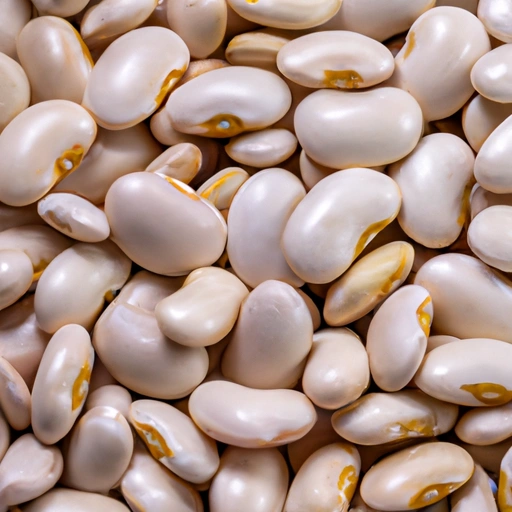Great Northern Bean
Description

The Great Northern Bean is a medium-sized, white bean that is known for its mild, delicate flavor and firm flesh. It's a popular legume in cooking, utilized in a variety of dishes across different cuisines. Ideal for soups, stews, and salads, this bean holds its shape well when cooked, making it a versatile component in many recipes.
Common uses
Great Northern Beans are widely used in a range of culinary applications due to their subtle flavor and sturdy structure. They're commonly found in soups, stews, casseroles, and salads. Their creamy texture also makes them suitable for pureeing into spreads and dips. A staple in both pantry and professional kitchens, these beans are a go-to ingredient for hearty and nutritious meals.
Nutritional value
Calories
A 1-cup serving (about 177 grams) of cooked Great Northern Beans contains approximately 209 calories (874 kilojoules).
Protein
That same serving offers about 14.74 grams of protein, making it a fantastic plant-based protein source.
Fat
Great Northern Beans are low in fat, with a 1-cup serving containing just 0.77 grams.
Carbohydrates
Carbohydrates are abundant in these beans, with around 37.29 grams per 1-cup serving, most of which are complex carbs and dietary fiber.
Vitamins
They are also a good source of essential vitamins, including Vitamin B6 and folate.
Minerals
Great Northern Beans are rich in minerals such as magnesium, phosphorus, potassium, and iron, crucial for many bodily functions.
Health benefits
Consuming Great Northern Beans may contribute to heart health, improved digestion due to their fiber content, and help in managing blood sugar levels. The protein and iron in these beans also support muscle growth and overall energy levels.
Potential risks
For some individuals, Great Northern Beans may cause gastrointestinal discomfort due to their high fiber content. Additionally, they contain purines, which can exacerbate gout in susceptible people. It's also essential to cook these beans thoroughly to avoid lectin-related issues.
Common recipes
Popular recipes featuring Great Northern Beans include classic dishes such as white chili, minestrone soup, bean salads, and vegetarian burgers. They can also be used as a meat substitute in many recipes.
Cooking methods
These beans can be boiled, slow-cooked, or pressure-cooked. Soaking them prior to cooking can help reduce cooking time and improve digestibility.
Pairing with other ingredients
Great Northern Beans pair well with a variety of flavors, including garlic, onions, tomatoes, rosemary, sage, and thyme. They also complement meats like ham, chicken, and sausage.
Summary
The Great Northern Bean is a beloved ingredient known for its versatility in the kitchen and its various health benefits. Whether used in traditional American soups or European stews, these beans provide a nutritious base for countless recipes. While most people can enjoy them without issue, some should be cautious of their high fiber and purine content. Nonetheless, their ability to complement a wide range of ingredients makes them an excellent addition to any meal.